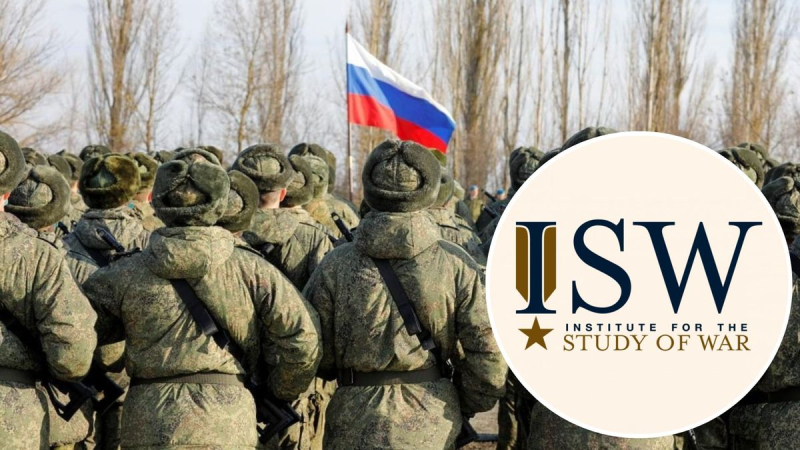
The Russian occupiers are introducing a new attack tactic. This is to compensate for current combat power limitations in response to continued offensive setbacks.
This information is written in the Russian accomplice for the invaders. This was reported by the American Institute for the Study of War.
How the assault detachments of the “second army of the world” have changed
Thus, the assault detachment has six T-72 main battle tanks, 12 infantry fighting vehicles, as well as a collection of portable thermobaric multiple launch rocket systems, anti-tank guided missile systems, towed artillery and self-propelled mortars.
The assault detachment consists of three assault companies and a tank unit. Each assault company has:
- command element,
- two assault “platoons”,
- UAV group,
- a group of armored combat vehicles (BMP),
- fire support platoon and artillery support platoon,
- reserve section and medical evacuation section.
In addition, each company has one tank and four infantry fighting vehicles BMP / BMD-2 with anti-tank installations, heavy machine guns and mortars.
One of the Ukrainian officers noted that assault “platoons” of 12-15 people, divided into tactical groups of three, are the main maneuvering elements of the formation.
The air assault squad conducts an assault in less than a minute after the start of shelling of open fortified positions, at the same time the platoon commander controls the mortar fire, analysts said.
By the way, the accomplice also says that the occupiers are trying to adapt maneuver forces to smaller and more agile military formations than were used previously.
“This new tactical formation is evidence that Russian forces have replaced the inactive battalion tactical group with these smaller and more nimble maneuver formations,” the ISW said.
occupiers protect battle tanks, not infantry
Russian troops use T-72 tanks for direct fire support from the rear, and not as part of a combined arms group. Increasing confidence in foot infantry and the withdrawal of tanks to fire support from the rear indicates that the Russian military leadership prefers the protection of main battle tanks over the protection of infantry.
In addition, the invaders are resorting to a simplified form of combined arms warfare, which has probably been scaled back to compensate for the general degradation of Russian manpower and equipment and is easier on the inexperienced and untrained mobilized personnel.
The invaders copy the tactics of the “Wagnerites”
The assault team's tactics also suggest that the Russian military may be trying to institutionalize the practices used by the Wagner PPC in Bakhmut with marginal tactical effect.
This new formation was probably influenced in part by Wagner's operations around Bakhmut. The highly debilitating attack of the “Wagnerites” on Bakhmut could not acquire a significant operational result, therefore the institutionalization of the elements of the “Wagner” tactics is likely to further normalize the debilitating frontal attacks.
Such tactics are likely to result in a loss of Russian combat power and will not be able to effectively counter conventional Ukrainian battalions and brigades. Assault Squads can achieve tactical gains due to their simplicity, but are likely to culminate quickly due to their small size and attrition tactics. Russian troops are unlikely to be able to quickly make an operationally significant breakthrough with this formation, the analysts added.
Recall, Deputy Defense Minister Anna Malyar said earlier that the occupying forces during offensive operations use the tactics of attrition and total destruction. At the same time, the enemy suffers significant losses, losing from 600 to 1,000 people daily.

